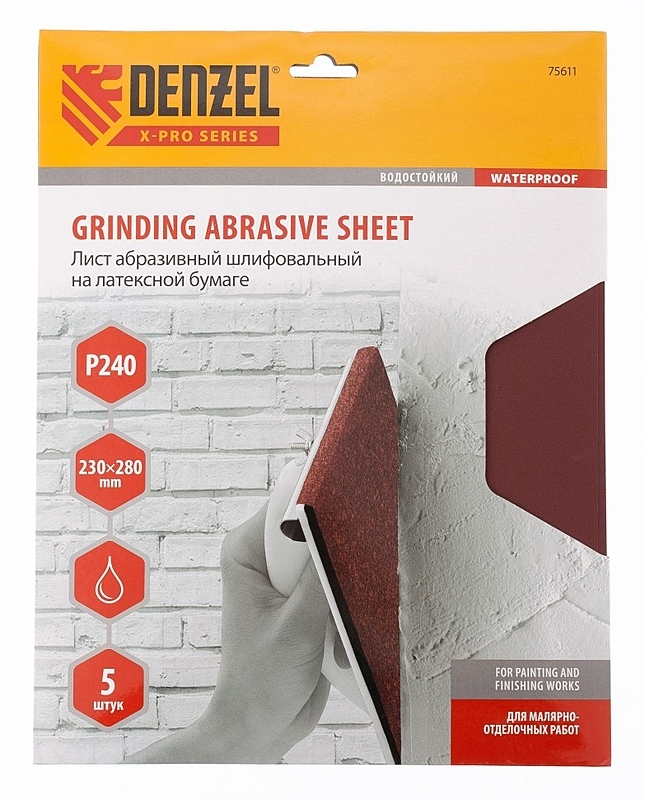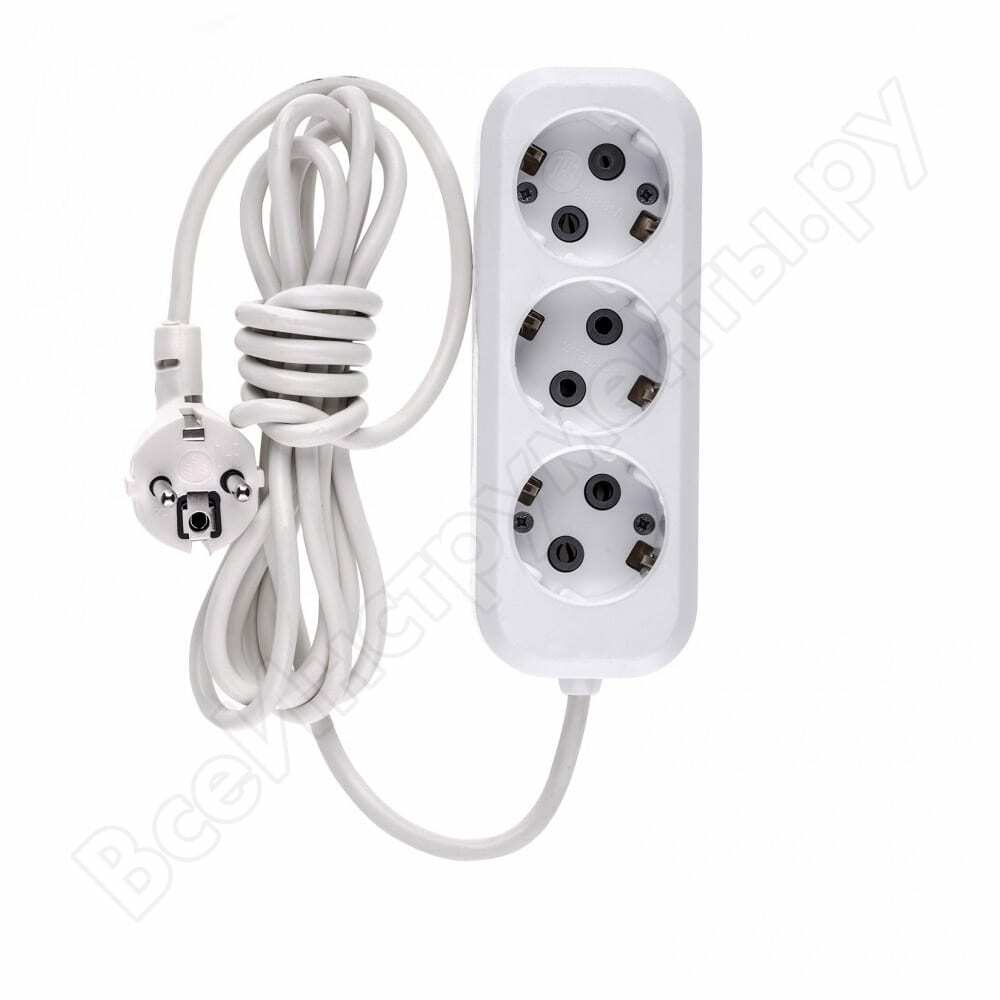Combining the living room and hallway is performed in order to increase the usable area of the apartment. Modern design solutions allow to solve this problem, not only from a functional point of view but also from an aesthetic. Typical hallway is a close elongate space in which hardly accommodate several people. In combined versions offers the opportunity not to crowd at the entrance and spread out around the room and quietly gather before leaving or strip / take off their shoes after the visit. The entrance hall is generally considered an intermediate area between the street and the house. Here it accumulates dirt and here can also pull cold from the front door. Entrance hall with living room becomes a risky option, since both facilities have different functionality. The main task of the designer is not only smooth out these differences, but also to find a universal design of the interior, which will unite them in a kind of hall.
Content
- Advantages and disadvantages
-
Methods of zoning
- Furniture
- wall color
- decoration
- Lighting
- floors
- Ceiling
- septa
- Angles, supports, walkways
-
Built-in storage system
- Entrance door
- Entrance hall, living room in the apartment
- Entrance hall, living room in a private house
- The staircase in the hallway, living room
- conclusion
Advantages and disadvantages
The obvious advantages of this combination include the following features:
- Increase in usable space. If earlier design ideas could not be resolved in a single room, but now there are options to implement them on the increased quadrature.
- Ability to install large pieces of furniture. Demolition of partition allows you to install one cabinet (usually built in) or a dressing room to two rooms. Thus the task of storage will be solved at once in two areas, which generally involve the installation of such furniture separately.
- In the dark and "blind" the corridor will be the natural light from the living room window. Not bathe in the sun room of course is, but its illumination will improve significantly. This will not only create a cozy atmosphere, but also will save on electricity costs.

Has a similar option and a number of disadvantages, they are all related to the proximity of the entrance hall to the entrance:
- Possible noise from neighbors who create disorder or argument on the landing. The problem of "foreign" people in the hallways is now solved via intercoms and concierge, but there are still such houses where tenants organize gatherings or noisy disassembly beyond the personal apartments.
- The cold, which can "pull" from the door. If before the low temperature in winter lingered in the hallway, it is now the cool air of the entrance will be free to enter the room for the reception.
- Smoking-room on a staircase, from which spread the smell of smoke and nicotine.
- Street dirt that will stretch into the living room. This problem is partly solved by placing a rug in the hallway. Home and visitors need to train constantly to wipe his feet.
Most of the shortcomings are eliminated by means of the installation quality door. In the private homes of the downsides there is only dirt street.





Methods of zoning
Combine two rooms - only half the battle. To create a psychological comfort and ease of reading room set "two in one" necessary to carry out competent zoning area. Its main goal is not to delimit the two areas, and reduce the difference between the two, to ensure a smooth transition from one room to the other so that together they become a single composition, but separately maintained their features. Perform this task in several ways:
- Color separation. The design of both facilities in this case is made out of a single concept, but it has obvious differences in the palette of shades. Admission referred to as "soft", which is easily perceived visually.
- Relief ceiling and floor. Create protrusions frame in the border area, such "degree" refers to the apparent zoning.
- On a similar principle creates additional elements on the walls, most of the arch.
- Light composition. It refers to the "ghost" zoning system. It looks more effectively in combination with other methods.
- Furniture and decor. Zoning wardrobes, sofas and shelves is preferably carried out in the premises of identical size. In the case of the hallway and living room is better to resort to the use of decoration. It can be two symmetric figurines, flower pots or soft ottomans, which are arranged on either side of an imaginary line.
See also:Small lobby in a corridor

In some cases, use the mobile partitions or curtains. By the way these elements are able to further protect the living room of intervention "of the street."





Furniture
"To celebrate," perhaps from the old dream of many owners are beginning to make room furnishing elements, thereby nullifying the effect of the combined options. Rational arrangement of the interior decoration of the room is able to further increase the space. A well-designed design will eliminate this inconvenience: the furniture, arranged not in place, will not only hinder the passage, but also to force the series to make much fuss. Environment hallway, living room develop before how to connect both rooms. Designers recommend the main problem, which forced the owners to the combination of (space shortage), apply a double blow. Including by placing furniture. Replace cabinet or chest of drawers in the hallway on a narrow and compact storage system. Here you leave only open hanger that does not "clutter up" the space. It is possible to store the necessary minimum. The rest of the things, which are not needed during this season, transferred to the built-in dressing room. She will become the main storage system into two rooms at once. Situation room, as a rule, make out in the best tradition of a living room with a sofa, coffee table, a couple of chairs, a place under the TV, shelves with books.

In this case, the combined option is used "in the interests of" the hallway and the living room, "go" to meet her. For this reason, in the second room situation remains standard with little extras that help to "unload" the tight corridor.





wall color
It is not necessary to make out the two rooms in one color. This will create the effect of "fabric", which will narrow the space and make the room boring and dull. Use the same principle of combination of tones. For this purpose, take one basic color that prevails, and two of his color. As an additional use revitalizing fourth contrast emphasis. Bright parts spread all over the room in small quantities, but in any case do not make out of the transition area. A similar error underline once again the "artificiality" of association, if one stuck to the other room.






See also:Choosing a color for the decoration of the hall
decoration
If you decide to combine the two rooms, the decoration should pay special attention. In this case, it is assigned two functions:
- Interior decoration;
- Smooth and soft zoning.

Vertical collage of photos on the wall will break conditionally two rooms. Tall vases in the former doorway, unobtrusively show that at this point begins a completely different room.





Lighting
Well-designed lighting system allows you to not only create a warm comfort in the room, but also to highlight the differences between its main areas. For these purposes, use complex combinations of light sources arranged at different levels. Ceiling chandeliers can be two or only one in the living room (the other is replaced by spotlights). The result should be difficult to obtain a composition which delimit zones from each other accentuate the advantages and interior trim.






floors
The first thing unwittingly draws attention to the man in the apartment - its floors. The expression "look under the feet" in this case involves not so much the presence of obstacles, as comfortable covering which evokes a sense of reliability (here you can come and not lose equilibrium). Playing on the contrast of colors and textures will further divide functional areas. This distinction is not evident here will impact on the subconscious level. The person will notice the difference, but do not give much importance to them, and the information will be postponed in the head. The habit of walking home in a shoe found only in the characters of soap operas, in the harsh realities of the street stretch loops dirt that have been systematically removed from the hall. For this reason, it uses robust and amenable to cleaning coating. The living room is allowed to use the materials in which the decorative function in the first place (cork, varnished parquet).






Ceiling
Ceilings, floors as well as play an important role in zoning and can perform a decorative function. Only a slight change in its level already serve as the point where the "catch" look, people will understand unobtrusive hint: it passes notional boundary. The advantage of the ceiling of zoning is that it is easy to see from the living room and at the door. Also for finishing materials are used which have a specific texture, decorative ceiling beams, tensioning and suspension structures. With any of these options can be not only stylish arrange the room, but also gently to show which part of it relates to the hallway, and what - to the guest room.

septa
In this case, does not imply a monumental wall and lightweight construction. Their roles may serve decorative "barriers" of glass, plastic or carved wood, as well as mobile versions. If necessary, partitions are added and removed in a special storage space. The rest of the time they play the role of border "column" that does not clutter the space, but on the contrary, adds to the airiness. Most often baffles involve folding screens, a textile surface which case figures are depicted.

Angles, supports, walkways
Those who decided to combine the hall with the audience, it is not necessary to destroy all the elements that were previously part of the dismantled wall. You can even leave some of its area, and to adapt this natural ledge under the table top, support for the stand or shelf. The situation is similar with angles and passes. Owners can highlight features layout artificially pulling angle that "looks" into the living room.
See also:Design a small hallway in the apartment - 50 photo ideas

Built-in storage system
With the help of light, through the rack with open shelves can draw the obvious separation of the two rooms. By installing this furniture to the wall or perpendicular to it, owners will receive a new platform for storage of small things, and the original interior walls. To emphasize its "lightness", the coloring of the cabinet is selected from the light shades.

Entrance door
The front door should have a good heat and sound insulation. In addition, the item will "stick out" before your eyes all the time, because of the wall that used to separate it from the rest area is no more. For this reason, avoid using overly bright colors in the design, since such a fast bored. Also, do not make the door as much as possible neutral and inconspicuous, it is impossible that it merges with the wall finish. Designers are advised to find a middle ground in the colors that will not irritate and simultaneously emphasize the presence of exit from the room.

Entrance hall, living room in the apartment
The idea to unite the room for the first time came up with the owners of apartments. These people are forced to live in boxes that can not be extended. And time can not be increased, so have to endure the generally accepted framework of planning, and with them also the walls. The apartments are popular options for merging kitchens and living and dining room, study with library, hallways with rooms. Thus it turns out now imitation fashion studios, where everything is in "one bottle". Combining the hallway and living room in an apartment rather a necessity than a whim of its owners. This is the real way to convert the familiar interior beyond recognition, and put all that wanted before, but did not succeed.

Entrance hall, living room in a private house
In private homes alignment process usually think over at the design stage. This advance informed decision, which is more of the ornamental in nature, the desire to stand out among the typical layouts in other private homes than necessary.

The staircase in the hallway, living room
The staircase in this room is more common in private buildings and the least - in the luxurious two-story apartment blocks of flats. This interior element is beaten so that the functional site of the transition from one floor to the other, to become a stylish setting element, its conditional center, from which "dance" with the establishment of a common composition. The combined indoor staircase will perform the role of the "candle on the cake", dragging the attention of the transition zone itself. Or, with a successful arrangement, she will naturally delimiter two rooms.

conclusion
The entrance hall is a conditional "face" of the house, the very first room, by type of guests which can already be judged on neatness and taste preferences of owners. It allows the expansion of space to breathe "deeply" in the once narrow room, which is usually deprive the owners attention. Neat and competently carried out the combination, will assess the hosts, as an extraordinary person who is not afraid of risky experiments.



